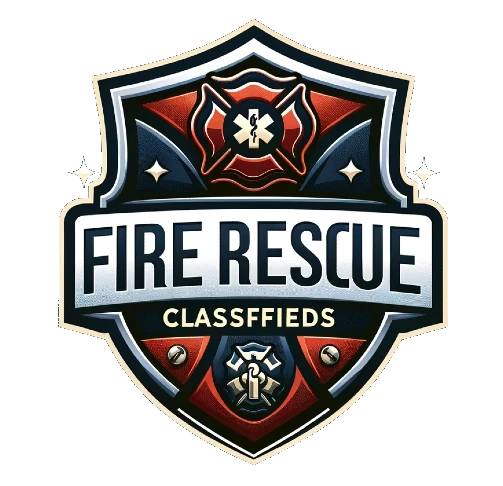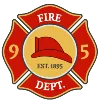(P) – Climate Change is Making Bushfires Worse and the Australian Community Less Safe
As someone who has spent a lifetime working in fire safety—both as a firefighter and later as a senior fire service manager—I’ve witnessed firsthand how our evolving climate has intensified the bushfire landscape. In Australia, rising temperatures, shifting weather patterns, and prolonged droughts contribute to an environment where bushfires can ignite more easily, spread more rapidly, and pose ever-greater risks to communities. With these causes of climate change bearing down on our nation, maintaining your skills as a fire warden is not only essential—it’s a duty you owe to yourself, your colleagues, and the people you protect.
Bushfires in places like NSW have shown us that fire wardens play a pivotal role in preparing buildings, guiding occupants to safety, and ensuring that emergency plans are well understood and regularly reviewed. But as conditions change, so must our approach. To stay effective, a fire warden must continually refine their knowledge of bushfire facts, adapt to the latest fire safety equipment, and acknowledge how changing environmental factors influence their response strategies.
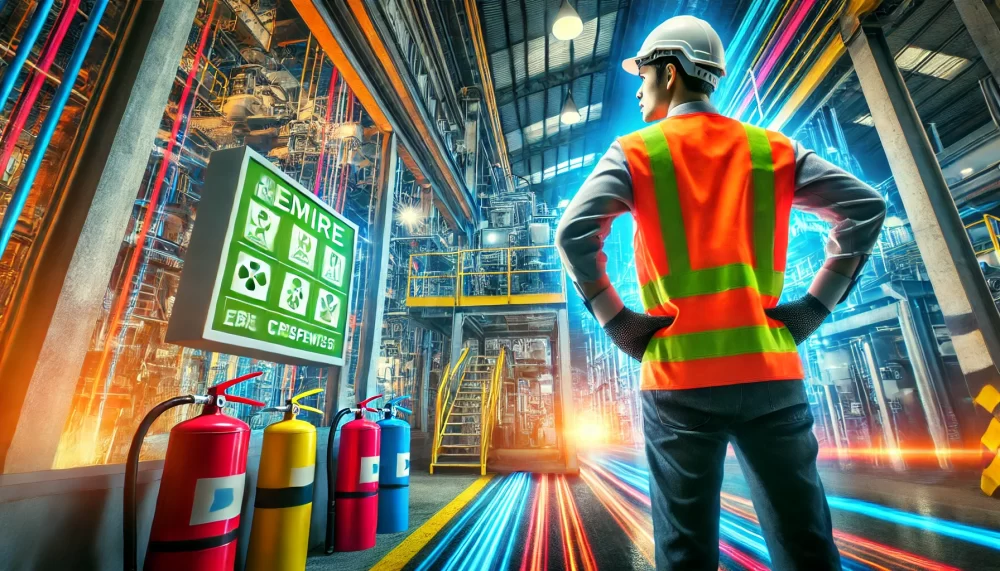
(O) – How the Communities and Firefighters Can Prevent, Prepare, Respond, and Recover from Fires
Maintaining fire warden skills goes beyond ticking a box on an annual training chart. It involves an ongoing process of prevention, preparation, response, and recovery, all of which tie into fire safety Australia standards. Communities rely on fire wardens as frontline leaders who can interpret evacuation procedures, ensure fire safety equipment is accessible and functional, and navigate the chaos of an unfolding emergency.
Prevent: Begin with a thorough understanding of the building’s fire safety measures, the location of exits, and the condition of fire extinguishers, blankets, and alarms. Regular inspections prevent small issues from snowballing into life-threatening vulnerabilities. Recognize that climate change can increase the likelihood of bushfires, prompting the need for meticulous hazard identification—especially in bushfire-prone regions.
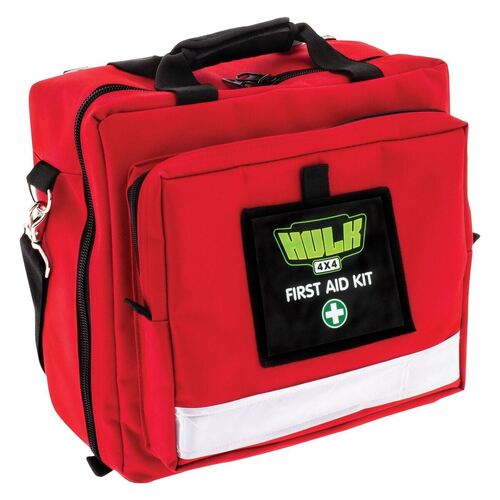
Hulk 4×4 Workplace First Aid Kit Wp1 Soft Red Durable Case
Learn More
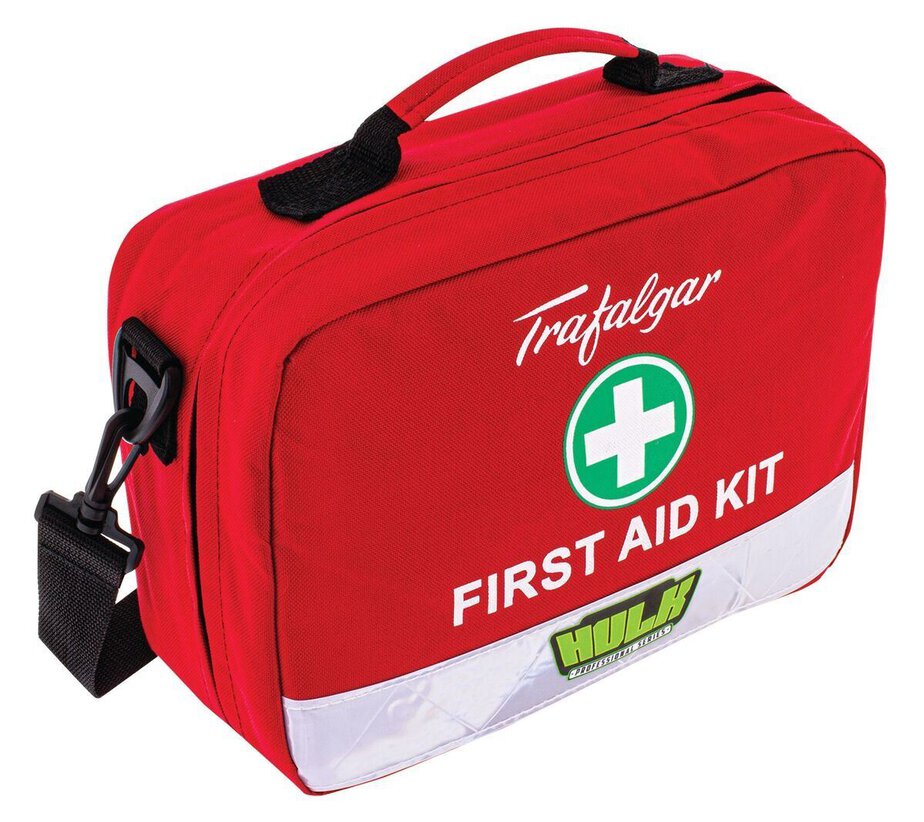
Hulk 4×4 4WD Adventurer First Aid Kit – Soft Durable Case – Red
Learn More
Prepare: Stay updated with local regulations, guidelines, and basic firefighting courses that keep your skills sharp. As a fire warden, you need to be fluent in emergency communication protocols and understand how building occupants should move to safe assembly points. Practicing drills and running realistic evacuation scenarios ensures everyone knows their role and feels confident under pressure.
Respond: The heart of a fire warden’s role is guiding occupants calmly and efficiently during an emergency. You must be ready to address panic, provide clear instructions, and troubleshoot unexpected complications. When fires escalate due to extreme weather conditions—often linked to the causes of climate change—your ability to adapt, think critically, and utilize your training becomes a literal lifesaver. Quick access to fire safety equipment and adherence to established evacuation plans form the backbone of effective response.
Recover: Once the immediate threat passes, fire wardens contribute to the recovery process. This might involve assessing damage, ensuring that fire safety equipment is replenished or repaired, and reviewing what worked well and what needs improvement. Long-term recovery also includes updating procedures based on lessons learned and evolving climate realities. By continually refining these processes, you maintain a cycle of improvement that safeguards communities.
(S) – Solution: Provide Step-by-Step Solutions to the Problem Through Training, Awareness, and Reducing the Effects of Climate Change
- Ongoing Training: Enroll in basic firefighting courses to reinforce core principles. Learn about emerging technologies, new fire safety equipment, and evolving guidelines that reflect today’s conditions. As a retired firefighter turned blogger, I often emphasize the importance of continuous professional development because it ensures that no matter how conditions change, you remain effective.
- Awareness Campaigns: Spread knowledge about bushfire facts, bushfire NSW alerts, and fire safety Australia standards within your workplace and community. Host short seminars or share written guides to help building occupants understand their part in preventing and responding to fires. Awareness not only empowers others but also reduces your burden during actual emergencies.
- Update Emergency Plans: Regularly review and revise evacuation maps, considering weather projections and new fire risks. Mark out where fire safety equipment is stored, ensure that assembly points consider the possibility of bushfires, and keep a close eye on environmental indicators that may signal increased vulnerability.
- Climate Mitigation Efforts: While an individual fire warden may not solve climate change, being vocal about sustainability and supporting policies that address its causes can help reduce long-term risks. Encouraging energy efficiency, responsible land management, and supporting community firebreak initiatives all contribute to minimizing bushfire severity.
(T) – Preparing for Bushfire and Fire Safety Emergency
Preparation is not just about following a checklist; it’s about cultivating a mindset that embraces flexibility, perseverance, and continuous improvement. By maintaining your skills as a fire warden in Australia, you accept that conditions are not static. You stay vigilant, familiarizing yourself with new fire safety equipment, fine-tuning evacuation procedures, and understanding the nuances of causes of climate change and their impact on bushfire facts.
As a retired firefighter who once navigated the frontlines and now writes for a broad audience interested in fire safety, I can attest that staying prepared pays dividends when seconds count. A well-trained fire warden is an invaluable asset, capable of guiding people through the worst moments of their lives and ensuring everyone emerges safely.
Your training, combined with evolving knowledge and community collaboration, forges a safer future for all. By integrating these principles into your daily practice as a fire warden, you stand as a beacon of resilience, capable of meeting the challenges of our changing climate and preserving the well-being of those in your care.
 01Fire Danger Ratings Today: Know Your Risk Across Australia
01Fire Danger Ratings Today: Know Your Risk Across Australia 02December 2024 Victoria Bushfires: Grampians Blaze Devastates Communities and Ecosystems
02December 2024 Victoria Bushfires: Grampians Blaze Devastates Communities and Ecosystems 03Women in Emergency Services: Break Barriers and Making History
03Women in Emergency Services: Break Barriers and Making History 04Understanding the Fire Danger Period: What You Need to Know
04Understanding the Fire Danger Period: What You Need to Know 05The Role of Volunteers in Emergency Services | An Inside Look
05The Role of Volunteers in Emergency Services | An Inside Look 06Understanding Bushfire Attack Levels (BAL) in Australia: Comprehensive Guide
06Understanding Bushfire Attack Levels (BAL) in Australia: Comprehensive Guide 07Total fire ban NSW | Bushfire Prevention | Rules Explained
07Total fire ban NSW | Bushfire Prevention | Rules Explained
